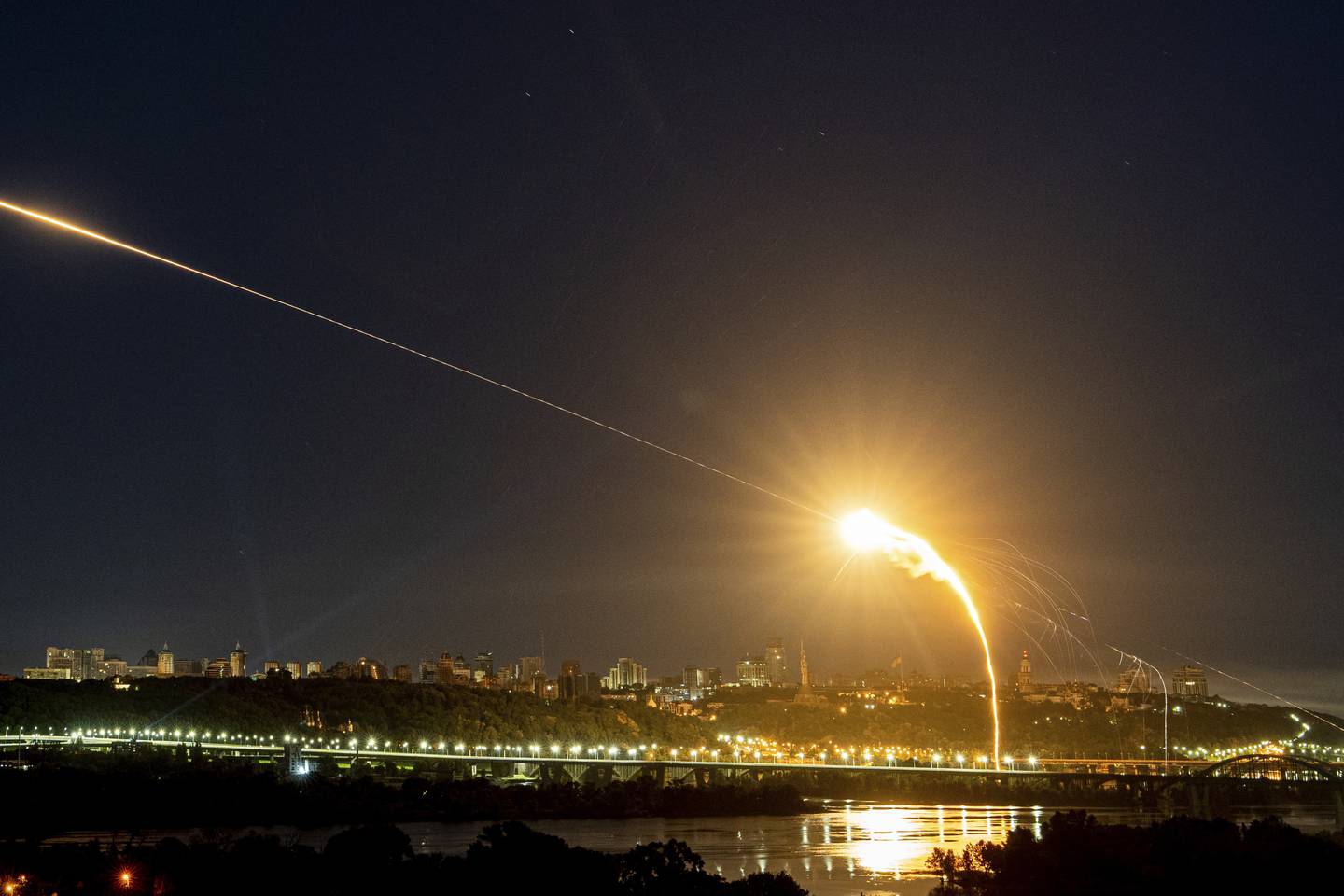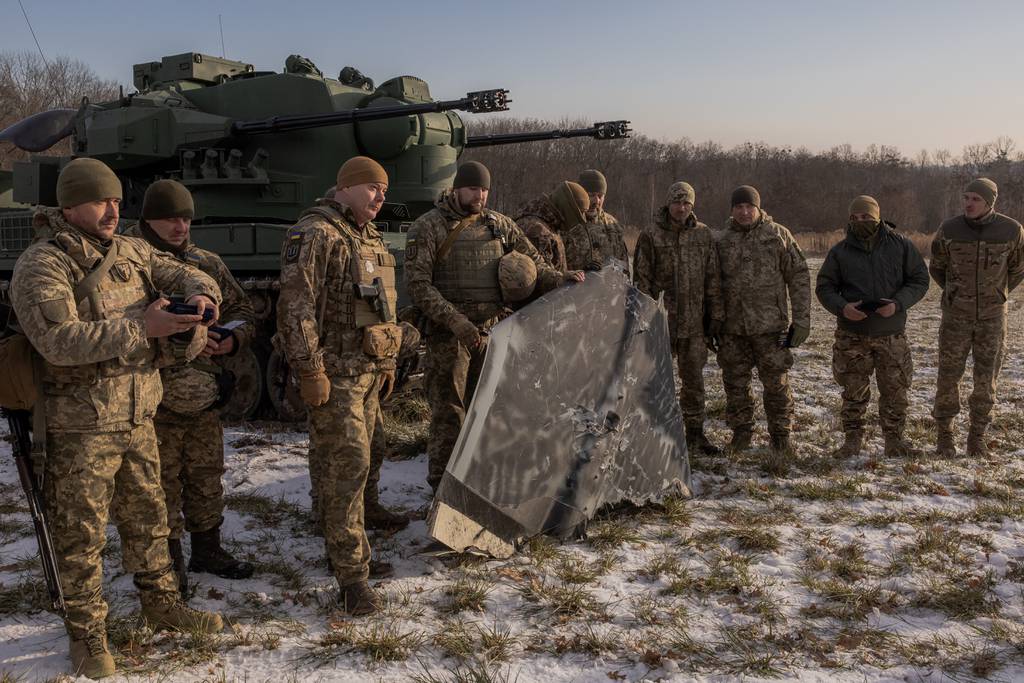Russia’s invasion of Ukraine is buttressed by Iranian technologies, drawing alarm from U.S. lawmakers and military officials.
What was once simple collaboration between two governments has in the past year blossomed into a “nascent military partnership,†according to a U.S. Central Command assessment submitted this month to Congress. The command was the keystone of the U.S. war on terror; its remit includes Afghanistan, Iraq, Iran and Yemen.
Tehran has provided Moscow’s war machine at least 1,000 attack drones and dozens of multipurpose unmanned aerial systems for use against Ukrainian troops, with future plans to aid domestic production, said CENTCOM boss Gen. Michael Kurilla. Those figures are up dramatically from just months ago.

“The relationship between Iran and Russia? That really started when they asked for them to provide the one-way attack UAS, specifically the Shahed-136,†Kurilla told the House Armed Services Committee on March 21. “They started providing complete systems, and they built an actual factory in Russia, and those same Shahed-136 — a very capable system — are now going at a rate of over 100 a week from Russia into Ukraine.â€
Footage of Russian production lines was shared online earlier this year. On display were rows of black and grey Shahed clones: airframes with triangular bodies, rounded spines, stubby nose cones and vertical stabilizers extending above and below the wings.
Militaries and militant groups are increasingly using drones and other unmanned technologies to collect intelligence and strike from greater distances. Their battlefield applicability is highlighted by the Russia-Ukraine war as well as Houthi harassment in the Red Sea and Gulf of Aden.
Iran is implicated in both aggressions, according to the Defense Intelligence Agency, a principal source of foreign intel for combat operations. Russian troops and Houthi rebels alike have adopted the Shahed, known among the respective forces as the Geran or Waid, agency analysis shows. The model offers users an explosive payload with more than 1,000 miles of range, all at relatively low cost.
RELATED

U.S. Rep. Joe Courtney, a Connecticut Democrat, said one of the “most obvious manifestations†of Iran’s belligerence is “the fact that they’ve now become a major weapons supplier†to foreign governments.
“One of the reasons why Ukraine is in such desperate straits right now is because of the torrent of drones that, again, is being used by Russian forces to weaken the front line,†Courtney said.
Tehran has long supported a constellation of extremist groups in its neighborhood, and the U.S. has repeatedly sanctioned individuals and organizations for their alleged weapons work.
The Treasury Department in December said it targeted 10 entities and four individuals for facilitating Iran’s procurement of U.S.-origin electronics for use in unmanned systems. Two months later, the department said it hit four front companies that supplied “materials and sensitive technology for Iran’s ballistic missile and UAV programs,†including the Shahed series.
“We all know Iran has been a patron of terrorist militia and a main source of instability in the region for over 40 years,†U.S. Rep. Mike Rogers, an Alabama Republican, said. “But over the last few years, it seems the ayatollah has become even more emboldened.â€
Colin Demarest was a reporter at C4ISRNET, where he covered military networks, cyber and IT. Colin had previously covered the Department of Energy and its National Nuclear Security Administration — namely Cold War cleanup and nuclear weapons development — for a daily newspaper in South Carolina. Colin is also an award-winning photographer.








